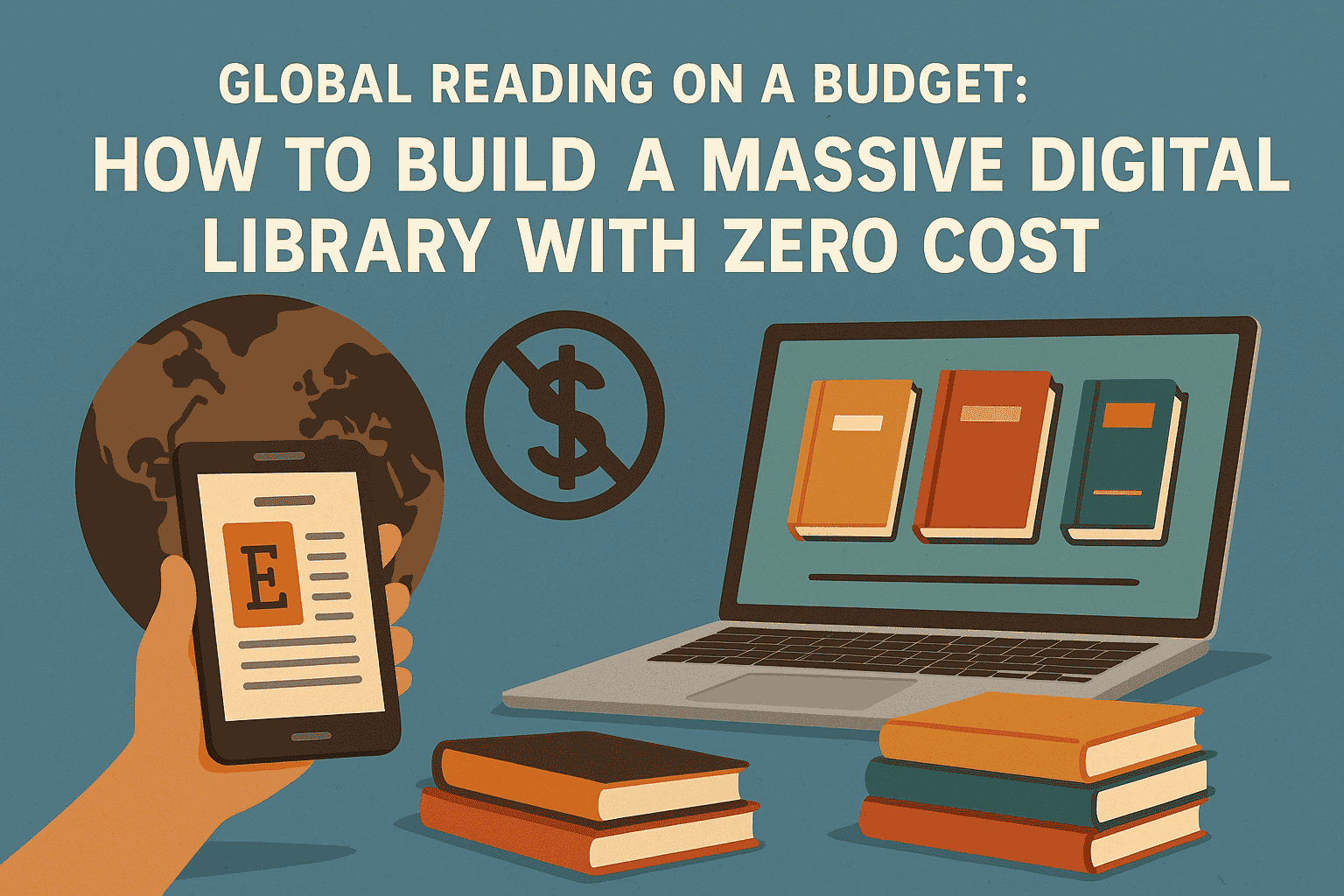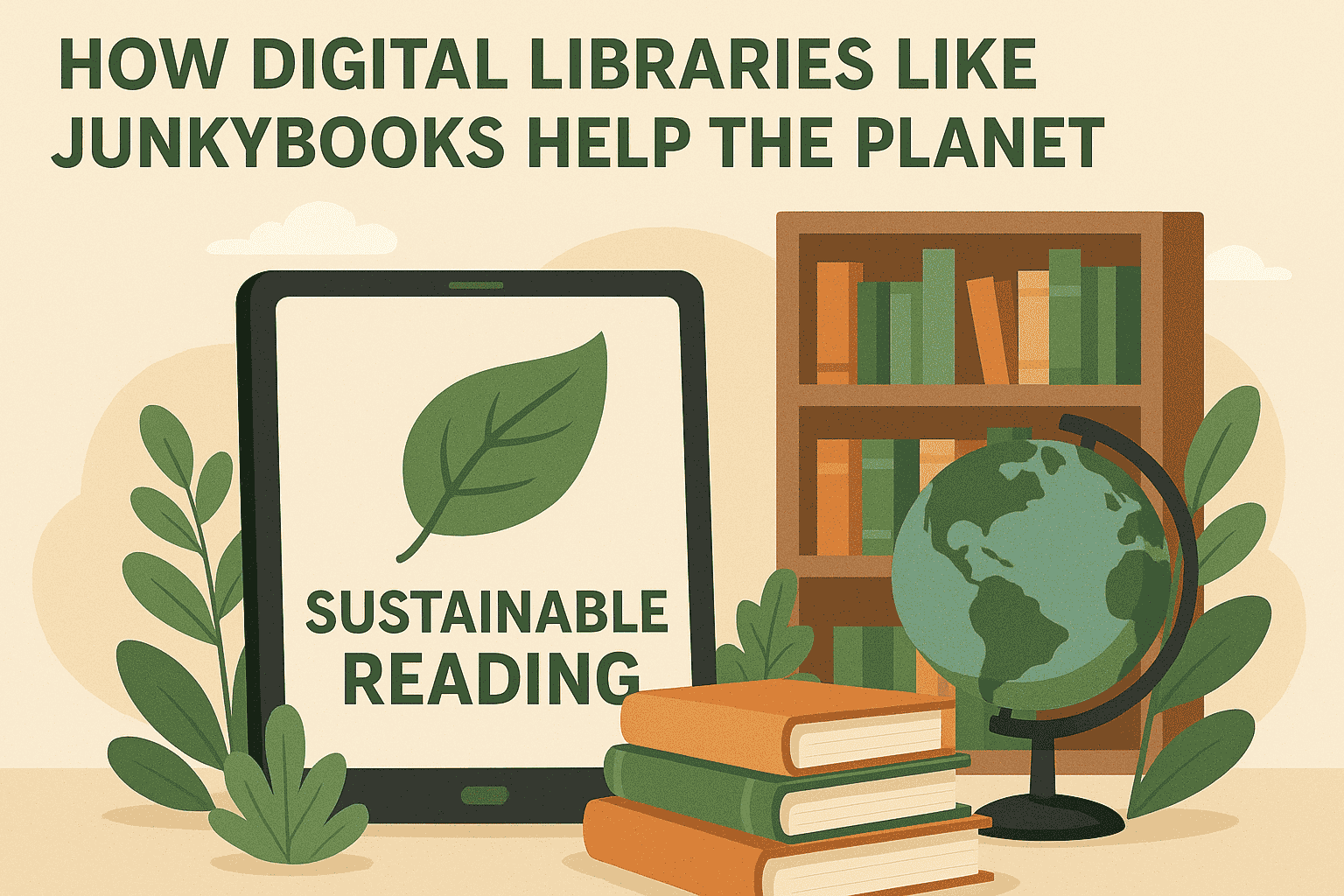Budgeting and Savings Plan for Financial Independence
Have you ever daydreamed about waking up without an alarm clock, sipping your coffee at your own pace, and deciding how to spend your day—not because of work, but because you have financial freedom?
That’s the dream of financial independence—living life on your own terms, free from paycheck-to-paycheck stress or debt spirals. And guess what? It’s not just a fantasy for millionaires. It’s achievable. But it starts with something beautifully simple: a solid budgeting and savings plan.
At junkybooks, we believe that financial independence is a mindset, a discipline, and most importantly, a journey that begins with small, intentional steps. And that’s exactly what this article is here to help you with.
Let’s break down the process of building a realistic, sustainable budgeting and savings plan that paves the road to your financial freedom.
Understanding Financial Independence
Before we get into the nuts and bolts of budgets and savings, let’s get clear on what financial independence (FI) means.
At its core, financial independence is when your assets generate enough income to cover your expenses—so you no longer need to work for money. Whether it’s through investments, passive income, or a well-padded savings account, FI gives you the power of choice.
Now, you don’t have to wait until you're 65 to get there. The earlier you start, the faster you’ll reach it.
And yes, the foundation of that journey? Budgeting and saving.
Why Budgeting and Saving Matter
Let’s not sugarcoat it—budgeting has gotten a bad rap. People often see it as restrictive or boring. But in reality, a budget is freedom in disguise.
It tells your money where to go instead of wondering where it went. It’s your blueprint, your map, your game plan.
Saving, on the other hand, is your defense. It protects you against life’s curveballs—car repairs, medical emergencies, job losses. It’s also your offense—fuel for your goals like buying a home, traveling, starting a business, or retiring early.
Together, budgeting and saving are your financial power tools.
Step 1: Track Where Your Money Is Going
Before you can fix anything, you have to know what you’re working with.
Start by tracking your income and expenses. Don’t change anything yet—just observe. Use a notebook, a spreadsheet, or a budgeting app (like Mint, YNAB, or GoodBudget). Record everything for a month.
What you’re looking for is spending patterns. Are you overspending on food delivery? Subscriptions you forgot about? Impulse buys?
When I did this a few years back, I was shocked to see I was spending more on snacks and Uber rides than on my actual savings. Just seeing the numbers was a wake-up call.
Step 2: Set SMART Financial Goals
Financial independence isn’t about cutting out all joy—it’s about spending intentionally. That’s where goals come in.
Set SMART goals:
-
Specific
-
Measurable
-
Achievable
-
Relevant
-
Time-bound
Examples:
-
“Save ₦500,000 for emergency fund in 6 months.”
-
“Pay off ₦100,000 in credit card debt by December.”
-
“Invest ₦50,000 per month for retirement.”
Your goals are your “why.” They keep you motivated when the coffee shop latte looks tempting or your favorite brand drops a sale.
Step 3: Create Your Budget Framework
Now comes the fun part—building your budget. There are many approaches, but let’s look at three popular methods:
1. The 50/30/20 Rule
-
50% for needs (rent, groceries, bills)
-
30% for wants (eating out, entertainment)
-
20% for savings and debt repayment
This is great for beginners. It provides flexibility while ensuring savings get priority.
2. Zero-Based Budgeting
Every naira is assigned a job. At the end of the month, your income minus expenses equals zero. It requires more planning but offers tight control.
3. Pay Yourself First
This method prioritizes savings before expenses. Automatically transfer a set amount to savings when you receive your income, then live on what’s left.
Choose the one that fits your lifestyle. Personally, I use a hybrid. I pay myself first and use zero-based budgeting for the rest.
Step 4: Build an Emergency Fund
Before investing or paying off big debts, prioritize your emergency fund. Life happens, and an emergency fund ensures it doesn’t derail your plans.
Start with a small goal—₦100,000, then build up to 3–6 months of living expenses. Keep it in a separate, easily accessible savings account, not tied to your day-to-day spending.
I remember when my laptop crashed during a freelance project. My emergency fund saved me from panic and allowed me to replace it without dipping into credit. That’s the power of preparation.
Step 5: Automate Your Savings
We’re human. We forget. We procrastinate. That’s why automation is your best friend.
Set up automatic transfers to your savings, retirement account, or investment account. Treat savings like a bill you can’t skip.
When you automate, you remove the friction of decision-making. You don’t “feel” the money leaving—you just adjust your lifestyle around what’s left.
Think of it this way: if you can save before you spend, you’re already ahead of 80% of the population.
Step 6: Eliminate and Avoid Debt Traps
Debt is the enemy of financial independence—especially high-interest debt.
If you have loans or credit card balances, make a plan to pay them off aggressively. Focus on the debt snowball (smallest balance first) or debt avalanche (highest interest first) method.
More importantly, avoid taking on unnecessary new debt. It’s easy to fall into the trap of “buy now, stress later.”
Financial freedom means owning your stuff, not your stuff owning you.
Step 7: Invest for the Future
Once you’ve got your emergency fund and debt under control, it’s time to put your money to work.
Learn the basics of investing—stocks, bonds, index funds, mutual funds, and retirement accounts. Don’t just save—grow.
Remember, inflation eats into your money’s value over time. Investing helps you outpace inflation and build wealth.
And no—you don’t need millions to start. You can begin with as little as ₦5,000 using apps like Bamboo, Risevest, or Chaka (depending on your country). Just make sure you understand what you’re investing in.
At junkybooks, we have plenty of resources that break down investment strategies in simple language—so you don’t feel overwhelmed.
Step 8: Review and Adjust Regularly
Your budget is a living document—not something you do once and forget.
Life changes. You change. So should your budget.
Review your plan monthly. Did you overspend in one category? Undersave in another? That’s okay—adjust, learn, and keep going.
Celebrate small wins. Each month of consistent saving is a step closer to independence.
Step 9: Protect What You’ve Built
Insurance is another underrated part of personal finance. Health insurance, renter’s or home insurance, and even life insurance protect you from setbacks that could undo years of savings.
It’s not about expecting the worst—it’s about being ready for it.
Also, create a basic will and keep your financial records organized. Estate planning isn’t just for the wealthy—it’s for anyone who wants peace of mind.
Financial Independence Isn’t About Deprivation
Let’s be clear—being frugal doesn’t mean being miserable.
It’s not about cutting out all fun or living like a monk. It’s about spending intentionally. It’s okay to enjoy your money—just make sure you’re not sabotaging your future in the process.
I still eat out occasionally. I buy books (a lot of books, actually!). But I plan for it in my budget. That’s the key.
In Conclusion: The Freedom Formula
Budgeting + Saving + Investing = Financial Independence.
It sounds simple—and it is—but simple doesn’t mean easy. It requires discipline, mindset shifts, and yes, sometimes saying “no” when you really want to say “yes.”
But every decision, every budget review, every savings transfer gets you one step closer to a life where you have the freedom to work because you want to, not because you have to.
Start where you are. Don’t wait until you “earn more.” Financial independence is a result of good money habits, not just high income.
And remember, junkybooks is here to guide you, every step of the way.
Want a printable savings tracker or budget template to get started? Just let me know—I’d be happy to create one for you!







